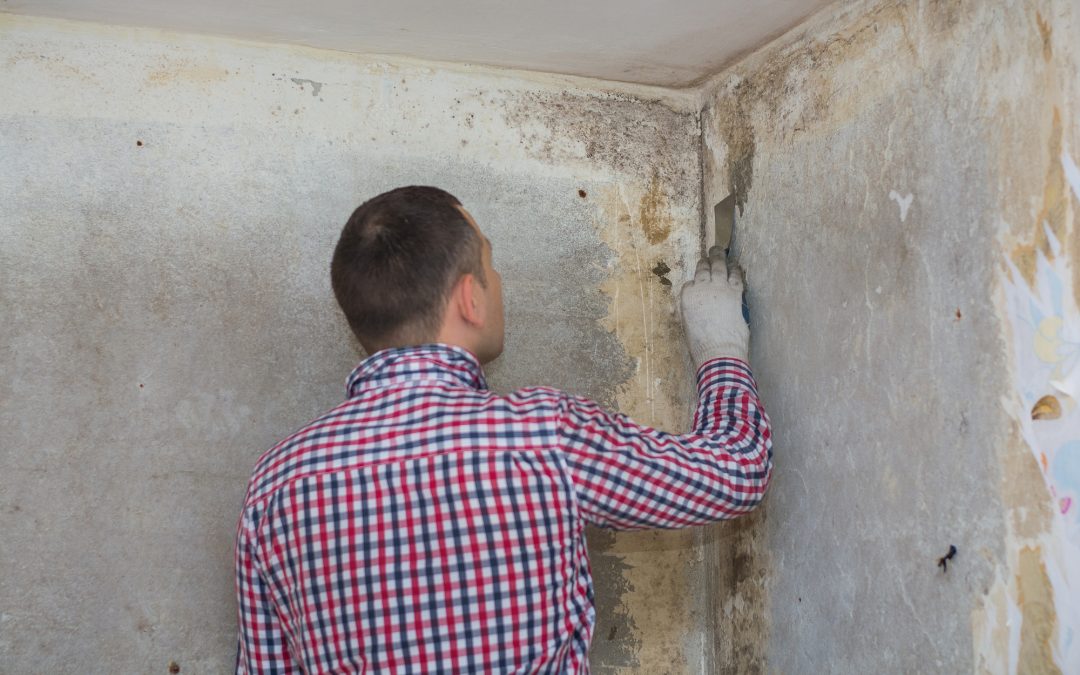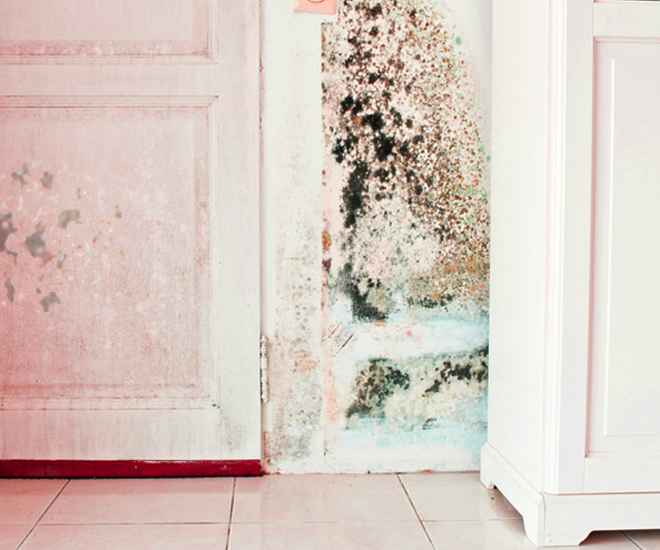Important Actions After Mold Remediation
Important Actions After Mold Remediation
Blog Article
Specialist Tips for Blog Post Mold Removal Success
In the world of mold and mildew removal, efficiently eradicating mold and mildew is just half the fight; the real obstacle exists in avoiding its reappearance. By sticking to expert ideas and ideal practices, people can safeguard their areas against mold rebirth and keep a healthy and balanced indoor setting.
Monitor Moisture Degrees Regularly
After completing mold removal treatments, keeping ideal humidity degrees is essential to stop mold re-growth and guarantee a healthy and balanced interior setting. High moisture levels above 60% develop a conducive setting for mold to flourish, making normal monitoring an aggressive step to stop any future mold problems.
Using hygrometers or moisture meters can help in properly gauging humidity degrees in various locations of the residential or commercial property. These devices provide real-time information that makes it possible for remediation professionals to make educated decisions pertaining to ventilation, dehumidification, and other essential actions to keep suitable humidity degrees post-remediation. In addition, establishing a regular timetable for moisture checks, specifically in high-risk areas such as kitchen areas, basements, and washrooms, is a positive strategy to mold and mildew prevention. By continually keeping track of moisture degrees, residential or commercial property owners can successfully minimize the risk of mold and mildew reoccurrence and preserve a healthy interior atmosphere post-remediation.
Conduct Thorough Inspections Post-Remediation
Following the completion of mold and mildew remediation procedures, it is imperative to carry out extensive assessments to confirm the efficiency of the removal process. These post-remediation evaluations are vital in making certain that the mold and mildew concern has been effectively dealt with and that there is no reoccurrence or continuing to be mold and mildew growth. Examinations should be accomplished by certified professionals who have competence in recognizing mold and examining interior air quality.
Throughout these inspections, various techniques such as aesthetic evaluations, air tasting, and surface area sampling may be utilized to extensively review the remediated areas. Visual evaluations include an in-depth evaluation of the properties to look for any type of visible indicators of mold growth or water damage. Air tasting assists in establishing the airborne mold and mildew spore degrees, while surface area sampling can identify mold and mildew fragments on surface areas.
Implement Correct Air Flow Methods
After making sure the effectiveness of the mold and mildew removal procedure with extensive inspections, the following vital step is to focus on implementing appropriate air flow approaches. Appropriate ventilation is crucial in stopping mold reoccurrence by managing wetness levels and advertising air blood circulation. To attain this, it is recommended to use exhaust followers in locations prone to high humidity, such as restrooms and kitchen areas. Furthermore, opening up doors and home windows when weather condition allows can assist enhance air flow and minimize wetness buildup. Air cleansers and dehumidifiers are also valuable tools in maintaining optimum interior air high quality.
Proper ventilation not only help in preventing mold development however also contributes to the general health and wellness and convenience of occupants. By guaranteeing appropriate ventilation throughout the home, you can reduce the risk of mold regrowth and produce a much healthier living setting. Regular maintenance of ventilation systems, including cleaning and filter replacements, is important to sustaining reliable air flow. Consulting with a/c specialists can supply further understandings right into enhancing ventilation approaches for your specific home requirements.

Usage Mold-Resistant Materials for Fixes
To enhance the lasting efficiency of mold and mildew removal efforts, integrating mold-resistant products for repairs is vital in reducing the risk of future mold and mildew development. Mold-resistant materials are designed to hold up against moisture and hinder mold and mildew growth, making them an essential option for areas prone to wetness and humidity. When repairing areas affected by mold and mildew, utilizing materials such as mold-resistant drywall, mold-resistant paints, and mold-resistant caulking can help prevent mold recurrence.
Mold-resistant drywall is an outstanding alternative to typical drywall in locations like basements and washrooms where moisture levels are higher. This kind of drywall has an unique layer that withstands mold and mildew development also when subjected to damp conditions. Additionally, utilizing mold-resistant paints containing antimicrobial agents can even more hinder mold growth on walls and ceilings.
In areas where moisture is typical, such as bathroom and kitchens, making use of mold-resistant caulking around tubs, sinks, and home windows can aid seal out water and avoid mold from holding in cracks and gaps. By investing in these mold-resistant materials during fixings post-remediation, you can dramatically decrease the probability of future mold and mildew problems and keep a healthier indoor atmosphere.
Maintain Cleanliness and Address Water Issues
Making sure sanitation and promptly addressing water problems are fundamental methods to support in guarding interior rooms from mold reinfestation. After mold removal, it is critical to maintain a clean environment to avoid the regrowth of mold and mildew (Post Mold Remediation). Routine cleaning, dusting, and vacuuming can aid eliminate any kind of sticking around mold and mildew spores and prevent them from multiplying and working out. Furthermore, maintaining indoor areas completely dry and attending to any type of water problems quickly is important in mold prevention. Leakages, water intrusion, or high moisture levels can create the perfect breeding ground for mold, so it is important to deal with any kind of water-related issues right away.
To keep tidiness, consider making use of HEPA filters in vacuum cleaners and air cleansers to trap mold and mildew spores and stop their flow airborne. Making sure proper air flow in areas vulnerable to moisture accumulation, such as restrooms and cooking areas, can assist click to read keep moisture degrees in check. By remaining watchful concerning sanitation and dealing with water problems promptly, you can properly stop mold reinfestation and preserve a healthy indoor setting.
Final Thought

In the world of mold and mildew remediation, successfully removing mold and mildew is just half the fight; the true challenge lies in stopping its reappearance. After completing mold and mildew remediation procedures, keeping optimal humidity levels mold removal destin is critical to prevent mold re-growth and make sure a healthy indoor environment. High moisture levels over 60% create a favorable setting for mold to grow, making regular monitoring a proactive step to protect against any type of future mold concerns.
To improve the lasting effectiveness Get More Information of mold and mildew remediation efforts, incorporating mold-resistant materials for repair services is crucial in minimizing the risk of future mold development. After mold and mildew removal, it is crucial to keep a tidy atmosphere to avoid the regrowth of mold.
Report this page